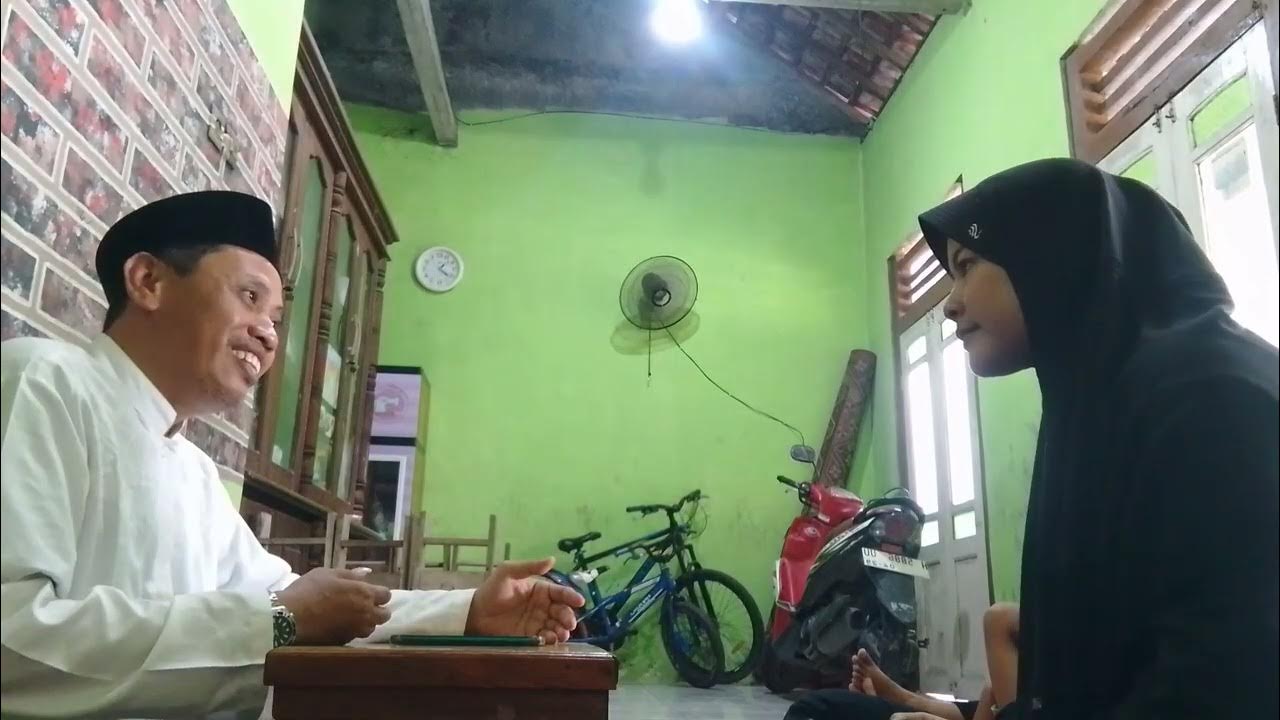Oase Sistem Pendidikan Finlandia | Episode 1: Pendidikan Maju Bangsa Maju?
Summary
TLDRThe discussion centers on comparing the education systems of Finland and Indonesia, highlighting key differences in policies, cultural influences, and educational practices. Finland’s focus on holistic child development, absence of standardized testing, and collaborative policymaking contrasts with Indonesia's hierarchical system and emphasis on rankings. The conversation also explores the challenges Indonesia faces due to its demographic shifts and the need for integrated solutions in education. The speakers emphasize the importance of learning from Finland’s educational successes while addressing the complexities of Indonesia's future educational needs.
Takeaways
- 😀 The education system in Finland prioritizes learning over ranking, contrasting with Indonesia’s emphasis on test scores and rankings.
- 😀 Finland’s education approach is less hierarchical, with open dialogue between government officials, educators, and the public.
- 😀 There is a lack of local involvement and ownership in Indonesia's educational policies, often being implemented from top to bottom without sufficient community engagement.
- 😀 Finnish schools focus on providing opportunities for all children to explore their interests, such as arts, sports, and crafts, unlike Indonesia, where such opportunities are limited.
- 😀 In Finland, even the government ministers actively engage in discussions about education, showcasing a more open and participatory approach compared to Indonesia’s top-down approach.
- 😀 Indonesia's education system faces challenges in integrating cultural values, which are seen as crucial for educational success.
- 😀 The conversation highlights the importance of transforming Indonesia’s educational system to provide inclusive, well-rounded learning opportunities for all children.
- 😀 Finland’s education system is responsive to challenges, such as addressing declines in test results, with direct action taken through funding and policy adjustments.
- 😀 The demographic bonus in Indonesia is seen as both an opportunity and a challenge, with the need for systemic educational reform to harness its potential for the future.
- 😀 The Indonesian education system needs to focus on systemic changes that integrate local contexts and cultural aspects to improve its performance and educational outcomes.
Q & A
What is the main focus of the education system in Finland as discussed in the script?
-The Finnish education system focuses on inclusivity, ensuring every child’s potential is developed, regardless of their interests. The system provides opportunities for children to explore different crafts, hobbies, and skills, fostering a well-rounded education.
How does the Finnish education system compare to Indonesia's, according to the discussion?
-In Finland, education emphasizes collaboration between educators, policymakers, and the community, with a more holistic approach to student development. In contrast, Indonesia’s system is described as hierarchical and top-down, with limited collaboration and involvement from various stakeholders.
What is the issue with the ranking system in education, as mentioned in the conversation?
-The conversation critiques the focus on rankings and standardized testing, highlighting that Finland’s education system does not prioritize rankings. Instead, it focuses on fostering learning and individual potential, which contrasts with Indonesia's emphasis on academic rankings.
What cultural aspects affect Indonesia's education system?
-The cultural background of Indonesian society plays a significant role in shaping the education system. The conversation notes the need for a more integrated approach, where education is influenced not just by policies but also by the social and cultural context of the community.
How does Finland address challenges in education, as demonstrated in the PISA test results?
-When Finland’s PISA test results showed a decline in mathematics, the government responded with a commitment to increase the budget for educational improvements and held public dialogues with experts, showcasing a proactive and transparent approach to addressing educational challenges.
Why does the speaker highlight Finland’s approach to dialogue between ministers and experts?
-The speaker emphasizes Finland’s practice of open dialogue between policymakers, experts, and the public, which contrasts with Indonesia’s more hierarchical and directive style. In Finland, there is room for discussions and adjustments in policies, reflecting a more democratic and responsive system.
What was the reaction of the speaker’s student regarding the Finnish approach to policy discussions?
-The speaker’s student was impressed by the open and engaging approach in Finland, where ministers and experts have detailed discussions and take public questions. This approach contrasts with Indonesia’s top-down style, where ministers often do not engage deeply with such discussions.
What is the significance of the demographic challenges discussed in relation to Indonesia’s future?
-Indonesia faces a complex demographic challenge, especially with its projected demographic bonus by 2045. This demographic shift demands significant transformation in various sectors, including education, to ensure that the country’s young population is prepared for future challenges.
What role do cultural and social contexts play in shaping educational policies, according to the script?
-Cultural and social contexts are crucial in shaping educational policies. The speaker stresses that educational policies should not be one-size-fits-all and must take into account the local community’s values, social structure, and cultural norms to be truly effective.
How does the conversation suggest Indonesia can learn from Finland’s education system?
-Indonesia can learn from Finland’s emphasis on inclusive education, collaboration between all stakeholders, and a less test-centric approach. The focus should be on developing the full potential of each child, encouraging creativity, and integrating education with cultural and societal values.
Outlines

This section is available to paid users only. Please upgrade to access this part.
Upgrade NowMindmap

This section is available to paid users only. Please upgrade to access this part.
Upgrade NowKeywords

This section is available to paid users only. Please upgrade to access this part.
Upgrade NowHighlights

This section is available to paid users only. Please upgrade to access this part.
Upgrade NowTranscripts

This section is available to paid users only. Please upgrade to access this part.
Upgrade NowBrowse More Related Video

ANTROPOLOGI XI BAB 1 PART 1

Aliran - Aliran Dalam Pendidikan Klasik dan Gerakan Baru Dalam Pendidikan

Film Pendek-Kesantunan Nilai Adab dan Perilaku di Lingkungan Pendidikan-Dinas Kebudayaan Prov Sumbar

Observasi Multikultural

Pendidikan Pancasila di Perguruan Tinggi

Konsep Dasar Perubahan Sosial Budaya
5.0 / 5 (0 votes)